Primitive African currencies are distinguished by a wide variety of forms, some of which evoke, in traditional art, true tribal sculptures of great beauty. In 1950s Nigeria, some of these hoe-shaped coins were still used as means of exchange to acquire a slave or a wife. Around forty of them had to be collected to obtain a slave, and they were frequently used as part of the dowry among many Bantu tribes. Before the colonial era, trade in Africa was not conducted with traditional coins. Transactions instead used cowries, beads, cattle, kola nuts, or even metals, particularly iron. These primitive currencies played a central role in economic and social exchanges: they were used in particular for dowries, but also as prestige objects or even as throwing weapons. In Sierra Leone, the value of goods was measured in iron bars called barriferri. As early as 1556, in Djenné, the explorer Jean-Léon l'Africain reported that local populations used iron to pay for objects of little value. In most kingdoms, the king supervised the production or distribution of this currency.
Base included.
Item accompanied by its certificate of authenticity.
PS: what does the certificate of authenticity consist of? https://www.galerie-art-africain.com/faq.aspx?qid=8
PLEASE NOTE: THE TRANSPORTATION PRICE INCLUDES INSURANCE AGAINST LOSS, THEFT, AND BREAKAGE.


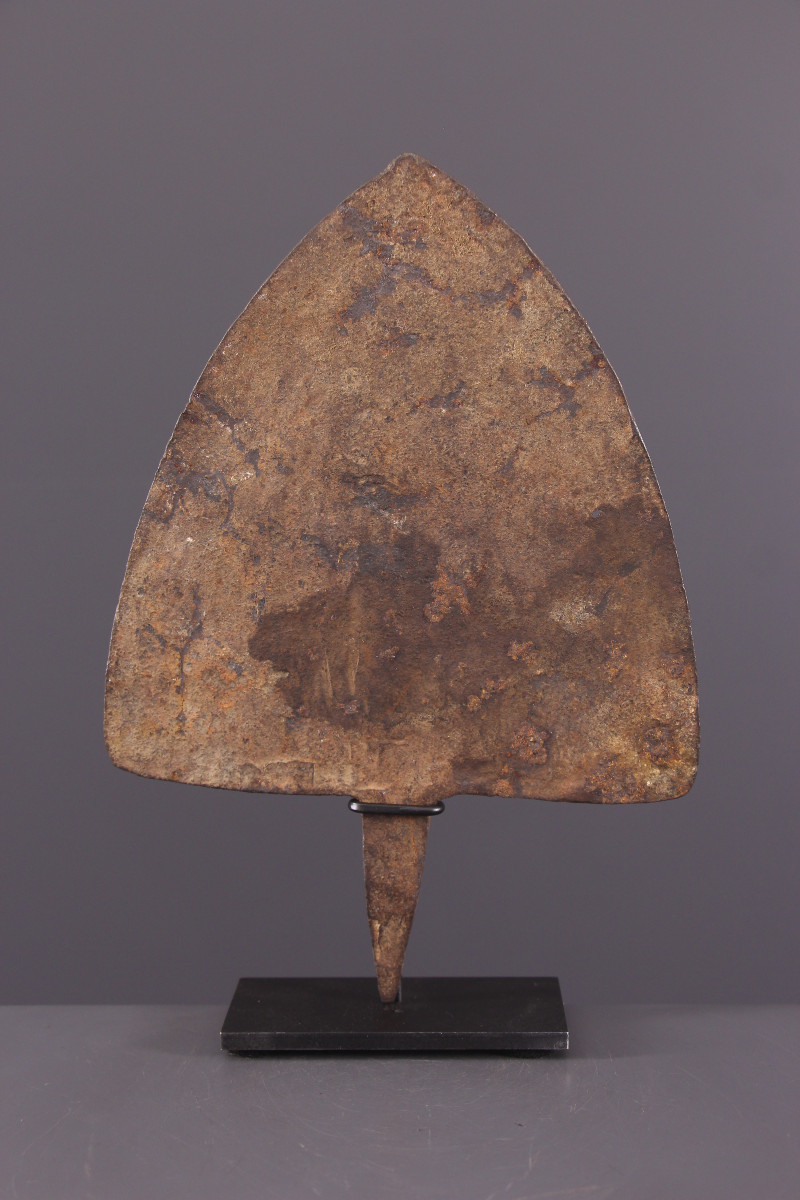

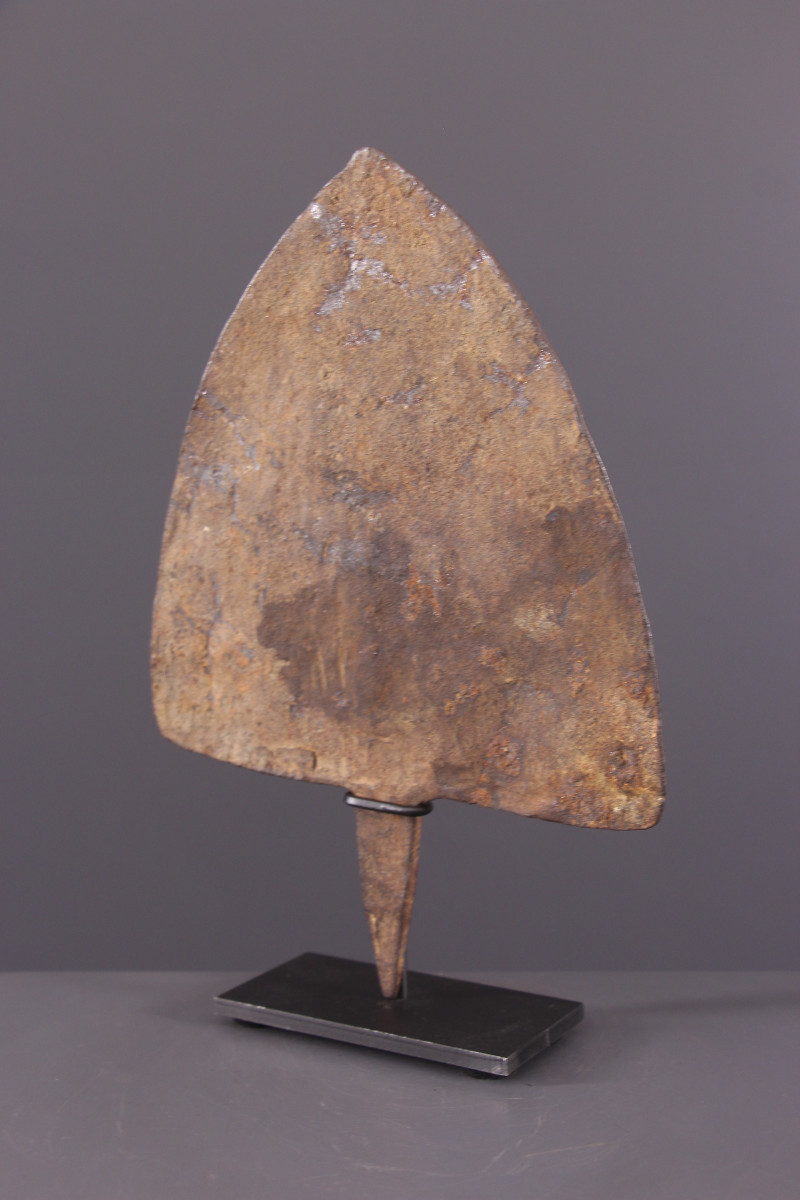

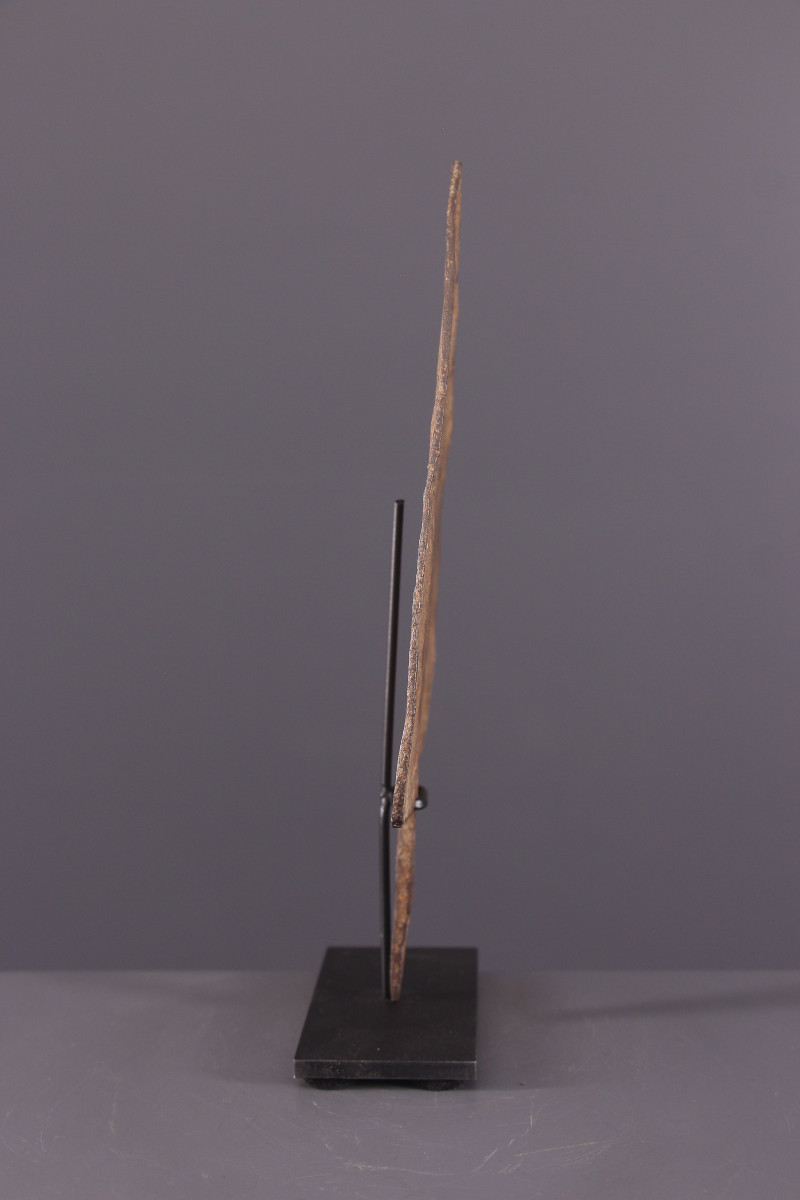
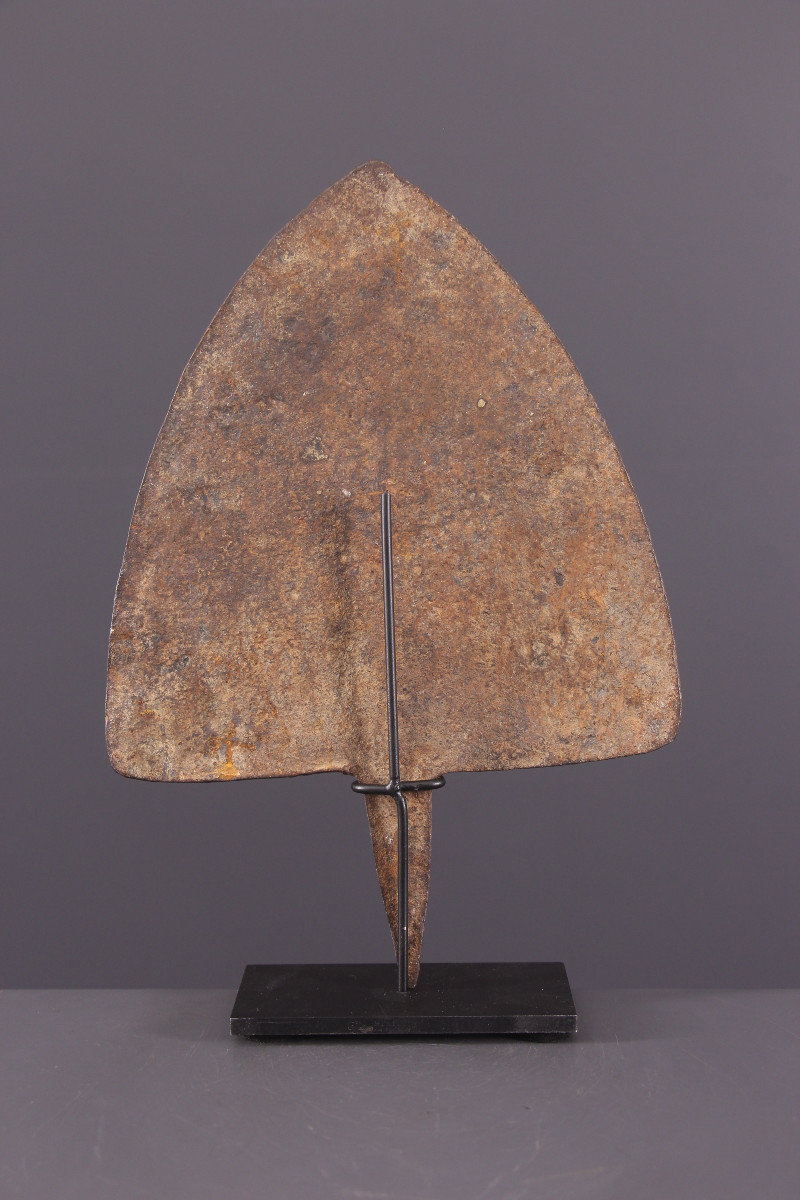







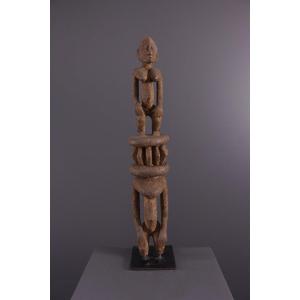









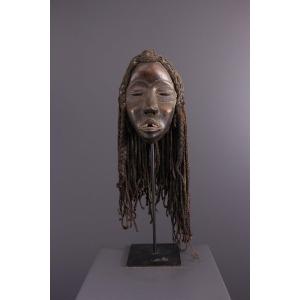






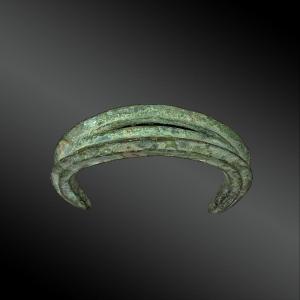
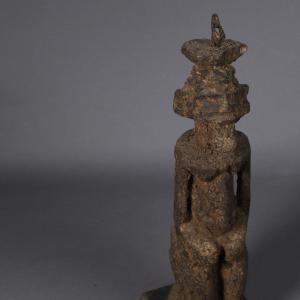



 Le Magazine de PROANTIC
Le Magazine de PROANTIC TRÉSORS Magazine
TRÉSORS Magazine Rivista Artiquariato
Rivista Artiquariato